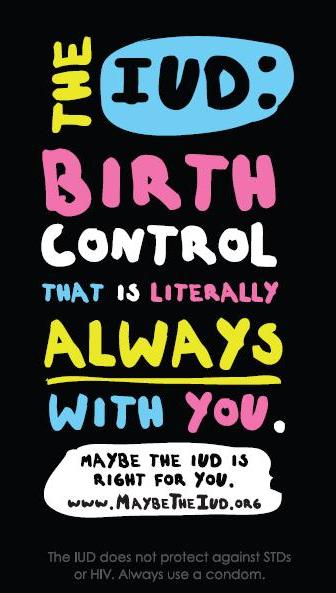So what did y’all think of the videos I posted last week??? I know at least one of you took a breath of relief 🙂 Well now I want to spend some time talking about all the different parts of the body and what they do. I will start with the internal (inside) female anatomy (girls/women). Next week I will explain the external (outside) female anatomy. And don’t worry, I haven’t forgotten about the guys. The following week I will explain male (men) anatomy. I have chosen fairly simple pictures and will also try to explain them as simply as possible. There is definitely a lot more going on with the body but these are the basics. But please, if you have more questions just ask!!!!
Internal (inside the body):
Ovary: Where the eggs hang out until released into the fallopian tube. Interesting fact, girls are born with all the eggs they will ever have whereas guys are not born with sperm. Guys begin making sperm at puberty.
Fallopian Tubes: The tubes that go from the ovaries to the uterus (one on each side – 2 ovaries, 2 fallopian tubes, one uterus). These are the tubes in which the egg travels from the ovary into the uterus. This is also where sperm meets the egg to create a pregnancy.
Uterus: This is the organ right behind the zipper of your pants. This is where a fetus (a developing infant) would develop during a pregnancy.
Endometrium: The lining of the uterus. This builds up throughout a woman’s cycle. If there is a pregnancy, the fertilized egg will stick onto the endometrium lining. If there is no pregnancy, the endometrium will be shed (which is what period blood is). Therefore, when pregnant women don’t have their period because their body is using the endometrium lining.
Cervix: This is the opening to the uterus and at the top of the vagina (we will talk about that shortly). The cervix is round and has a small opening in the center, just big enough to let fluid (menstrual blood, semen, and bacteria) flow in or out. Nothing else can get past there. Not condoms, not tampons, not sex toys… nothing (that is, unless a baby is being born). In fact, have you ever heard the term “dilated to such and such number” when a woman is giving birth??? They are referring to that tiny hole in the cervix opening up so a baby can pass through. For more information about the cervix, check out this really cool website My Beautiful Cervix.
Vagina: People often use the term vagina for describing the external (outside) part of female anatomy. However, that’s actually called the vulva (I will tell you more about the vulva next week). The vagina is the stretchable passage that connects the cervix (opening to the uterus) to the outside of the body. The vagina has three functions: to allow menstrual flow to leave the body (this is where a tampon would go if a woman chose to use tampons), to allow sexual penetration to occur (example: where a penis would go during heterosexual sex), and to allow a baby to pass through during vaginal delivery.
Rectum: The lowest end of the intestine before the anus, where solid waste (poop) is stored before leaving the body through the anus (see below).
Anus: Exit point for solid waste. (Often called the butt-hole – where poop leaves the body.) Some people enjoy having anal sex. Don’t know what that is?? Check out my previous about anal sex.
Bladder: Where urine (pee) collects before it leaves the body.
Urethra: The tube from which we urinate (pee). It’s the tube that connects the bladder to the urethral opening (pee hole).
Pubic Bone: The bone inside a woman’s body that supports her internal sex and reproductive organs.
I know this information can be a bit confusing so don’t hesitate to ask for clarification. Also check out Planned Parenthood for some cool interactive diagrams. Looking forward to telling y’all about the external reproductive anatomy of a female: the VULVA!!!!
In happiness & health,
Shawna
P.S. Thanks to Merck for the easy to understand diagrams!
Reviewed by Grace Shih, MD

